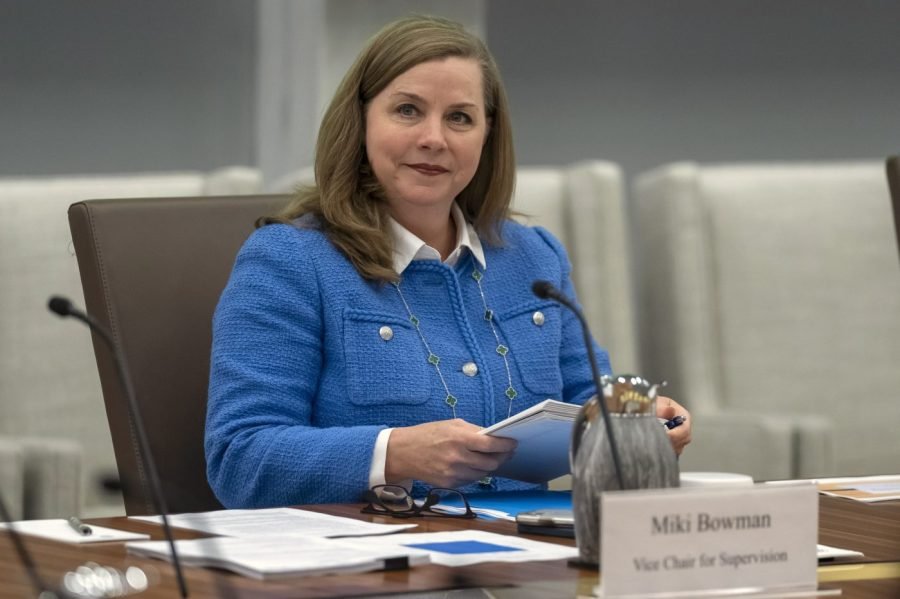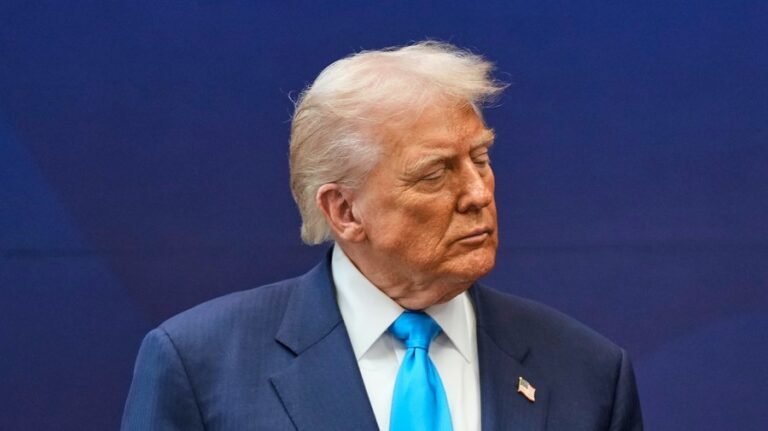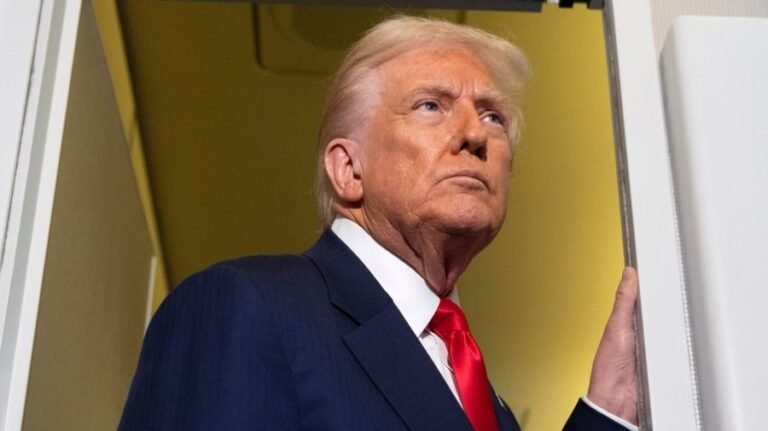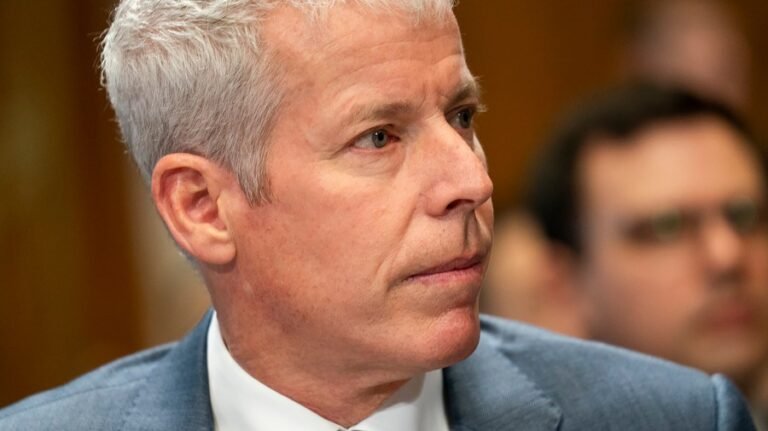
Federal Reserve Vice Chair for Supervision Michelle Bowman stuck to her guns about cutting interest rates Tuesday, saying she hadn’t changed her opinion after dissenting from the rest of the Fed board in July about the need for a rate cut.
“The story is out there and that’s that. I haven’t changed my views,” she told Bloomberg News on Tuesday.
Bowman, along with fellow Federal Open Market Committee member Christopher Waller, became the first pair of Fed governors in thirty years to dissent jointly from the majority opinion after the committee voted in July to keep interest rates steady at a range of 4.25 to 4.5 percent.
The dissents followed a massive pressure campaign from the White House over the past several months to lower interest rates that saw Fed Governor Adriana Kugler step down from her position earlier this month.
President Trump replaced her with White House Council of Economic Advisers Chair Stephen Miran, who many analysts believe will be more receptive to Trump’s calls for lower rates and to his views on monetary policy in general.
Futures markets are currently predicting a quarter-point rate cut in September, but there’s more uncertainty in those markets than usual. The CME Fed Watch prediction algorithm is showing an 83-percent chance of a cut next month. That formula is usually within just a few percentage points of a consensus forecast.
The relative degree of uncertainty is due to the fact that prices have been rising in recent months and the unemployment rate is at a low 4.2 percent. The Fed seeks to manage prices through the labor market, and the combination of higher prices and lower unemployment is traditionally more inflationary than stagnant.
However, a surprisingly weak July jobs report released earlier this month that showed that the economy has added just 106,000 jobs since May has added fuel to arguments that rates cuts should be resumed.
The question is whether that drop in hiring has been due to a lower supply of workers — likely due to Trump’s immigration crackdown — or to lower demand for workers, which would be a clearer sign of stagnation.
Economists are pointing to worker supply issues, suggesting it’s really Trump’s immigration policies that are making the difference in labor conditions, as opposed to a general slowdown.
Principal Asset Management strategist Seema Shah called the July downtick a sign of a potential “new normal.”
“Reduced hiring may not be that troubling, especially in a low-firing environment,” she wrote last week. “Tighter immigration policies that constrain the workforce could potentially signal a new normal for payroll growth. Given the evolving labor market dynamics, investors should be cautious in interpreting weak payrolls as recessionary.”
Economists have made similar observations regarding the labor supply, suggesting that the employment conditions are stronger than the July jobs report let on. In that case, a September rate cut following the hot producer price index report from earlier this month could be inflationary.
Bowman also commented on changes to the Fed’s new leverage ratio proposal, which allows banks to lend out more money relative to the capital they have to keep on hand, and the international regulatory framework known as Basel III.
The Basel III proposal, which would make the banking sector more secure and less profitable, has been delayed for years after it was initially proposed following the last major financial crisis in 2007 and 2008. Fed bankers have said they want to go back to the drawing board and repropose it again.
“What we’re looking at doing is going back to the original Basel agreement,” Bowman said, adding that the Fed is intending to have the new proposal out in early 2026.
On the leverage ratio, she said that regulators are now waiting for responses on their proposal, which would lower capital requirements for subsidiaries of big banks by as much as 27 percent. The comment period closes on Aug. 26.
The Fed has argued that lowering the ratio would allow banks to buy more U.S. bonds, but Democrats on the Senate banking committee have warned the rule change is more about letting banks issue more loans, thereby making more money.


